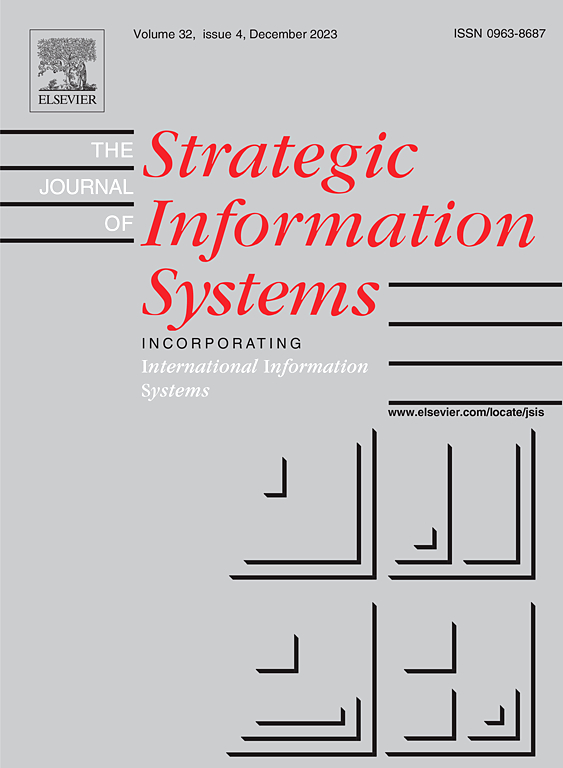格拉斯曼的耦合群集度
IF 1.1
4区 数学
Q4 COMPUTER SCIENCE, THEORY & METHODS
引用次数: 0
摘要
我们确定了格拉斯曼非线性特征值问题在其普吕克嵌入中的复数解。这是由量子化学激发的,它代表了耦合簇理论中对单个电子的截断。我们证明了与法比安-福尔斯蒂希(Fabian Faulstich)在早期研究中猜想的格拉斯曼线的公式。这依赖于格拉斯曼双参数化的图形几何。我们提出了该图的无平方格罗伯纳基础,并从表示理论中发展了与环退化的联系。本文章由计算机程序翻译,如有差异,请以英文原文为准。
Coupled cluster degree of the Grassmannian
We determine the number of complex solutions to a nonlinear eigenvalue problem on the Grassmannian in its Plücker embedding. This is motivated by quantum chemistry, where it represents the truncation to single electrons in coupled cluster theory. We prove the formula for the Grassmannian of lines which was conjectured in earlier work with Fabian Faulstich. This rests on the geometry of the graph of a birational parametrization of the Grassmannian. We present a squarefree Gröbner basis for this graph, and we develop connections to toric degenerations from representation theory.
求助全文
通过发布文献求助,成功后即可免费获取论文全文。
去求助
来源期刊

Journal of Symbolic Computation
工程技术-计算机:理论方法
CiteScore
2.10
自引率
14.30%
发文量
75
审稿时长
142 days
期刊介绍:
An international journal, the Journal of Symbolic Computation, founded by Bruno Buchberger in 1985, is directed to mathematicians and computer scientists who have a particular interest in symbolic computation. The journal provides a forum for research in the algorithmic treatment of all types of symbolic objects: objects in formal languages (terms, formulas, programs); algebraic objects (elements in basic number domains, polynomials, residue classes, etc.); and geometrical objects.
It is the explicit goal of the journal to promote the integration of symbolic computation by establishing one common avenue of communication for researchers working in the different subareas. It is also important that the algorithmic achievements of these areas should be made available to the human problem-solver in integrated software systems for symbolic computation. To help this integration, the journal publishes invited tutorial surveys as well as Applications Letters and System Descriptions.
 求助内容:
求助内容: 应助结果提醒方式:
应助结果提醒方式:


